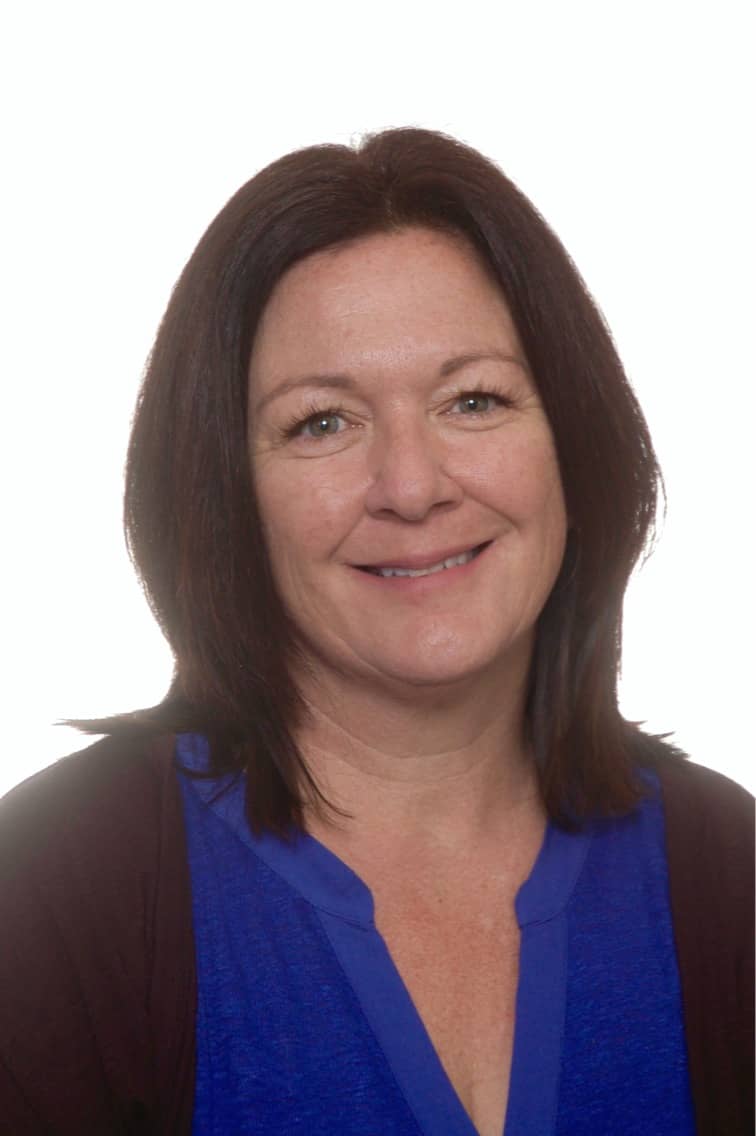
Patti Tracey R.N., PhD - Trent University, ON Canada
Dr. Tracey is the lead researcher with the PQMD/HSS-MM initiative and has participated in STMMs to Honduras, Central America for over 18 years.
Involvement in short-term medical missions (STMMs) to low- and middle-income countries (LMICs) has exponentially increased in recent years (Martiniuk et al. 2012; Lasker et al. 2018; Caldron et al., 2016). During these medical missions, health care professionals and trainees from high-income countries provide clinical care and health promotion to global regions that are most desperately in need of healthcare.
Existing best practice guidelines for such health-focused volunteer work lack host country representation and input. Additionally, these guidelines are used variably by different sending organizations and there is not any North American central monitoring authority, enforcement mechanism, or policy to ensure adherence to such regulations (Stone & Olsen, 2016; Maki et al., 2008; Lasker et al., 2018). In reality, STMMs provides more benefits to the volunteers than to the people they’re meant to help (Martiniuk et al., 2012; Reves & Loh, 2018; Sykes, 2014; Tracey, 2015), which may result from the shortcomings of existing guidelines and their inconsistent usage.
The Partnership for Quality Medical Donations–Health Systems Strengthening Medical Missions (PQMD/HSS-MM) initiative was in a unique position to improve upon these issues. Americares, the lead NGO partner on the initiative, collaborated on all aspects of research for the initiative and provided oversight and leadership for the project.
Through an in-depth exploration of gaps in current STMM practices, the initiative (PQMD/HSS-MM) has developed best practice guidelines that better represent the perspectives of host countries. This PQMD Initiative was also created to raise awareness of the need for STMMs to serve LMICs in a more sustainable fashion and strengthen their local health system.
The PQMD/HSS-MM best practice resources include annually updated guidelines and checklists that can be easily adapted to local contexts. English and Spanish versions can be found on the PQMD website. The Healthcare System Strengthening/Medical Mission guidelines describe the nine PQMD standards (Assessment, Partnership/Alliance, Governance, Code of Conduct, Preparation, Implementation, Training and Capacity Building, Sustainability, and Monitoring and Evaluation). These best practice standards were designed to improve the partnership between sending and host organizations and they outline the general steps both the sending and host organizations should follow to improve STMMs. Additionally, two checklists, the STMM Checklist – Sending Organization and the STMM Checklist – Host Organization, were developed and can also be used to plan Medical Missions. All of these resources can be found at: https://www.pqmd.org/toolkits/.
The PQMD/HSS-MM Initiative is changing the conversation on STMMs. Improved best practice guidelines allow for more mutually beneficial medical experiences and enables sending organizations to more ethically support their international partners within unique health system contexts, while still retaining the benefits experienced by volunteers and sending institutions.
*Please note that Americares supports these best practice guidelines for Medical Outreach but does not enforce them for partners receiving donated medicines and medical supplies through our program. Please refer to Americares Medical Outreach Program’s specific requirements when completing your order, submitting your application, and documentation for your trip.
References
Lasker, J., Aldrink, M., Balasubramaniam, R., Caldron, P., Evert, J., Loh, L., Prasad, S., Siegel, S. (2018). Guidelines for responsible short-termglbal health activities: developing common principles. Globalization and Health 18, 14. doi.org/10.1186/s12992-018-0330-4
Caldron P., Impens, A., Pavlova, M., Groot, W. (2016) Economic assessment of US Physician participation in short-term medical missions Globalization and Health. doi.org/10.1186/s12992-016-0183-7
Maki, J., Qualls, M., White, B., Kleefield, S., & Crone, R. (2008). Health impact assessment and short-term medical missions: a methods study to evaluate quality of care. BMC health services research, 8, 121. doi:10.1186/1472-6963-8-121
Martiniuk, A et al . (2012) Voluntourism: The downside of medical missions ABC News https://www.abc.net.au/news/2012-06-12/negin-and-martiniuk—voluntourism/4064550
Martiniuk, A. L., Manouchehrian, M., Negin, J. A., & Zwi, A. B. (2012). Brain Gains: a literature review of medical missions to low and middle-income countries. BMC health services research, 12, 134. doi:10.1186/1472-6963-12-134
Reves, J,. Loh, L (2018). The Role of Medical Students in Short-Term Experiences in Global Health: A Perspective from Sao Tome Island. Acta Med Port 31, 2. doi.org/10.20344/amp.9863
Stone, G., Olsen, K. (2016). The Ethics of Medical Volunteerism. Medical Clinics of North America 100, 10. doi: 10.1016/j.mcna.2015.09.001
Sykes, K. (2014). Short-Term Medical Service Trips: A Systematic Review of the Evidence. American Journal of Public Health, 104(7), e38-e48.
Tracey, P (2015). NGOs Impact on Health Care Services in Rural Honduras: Evaluating a Short-Term Medical Mission (STMM) Utilizing a Case Study Approach https://tspace.library.utoronto.ca/handle/1807/71357
